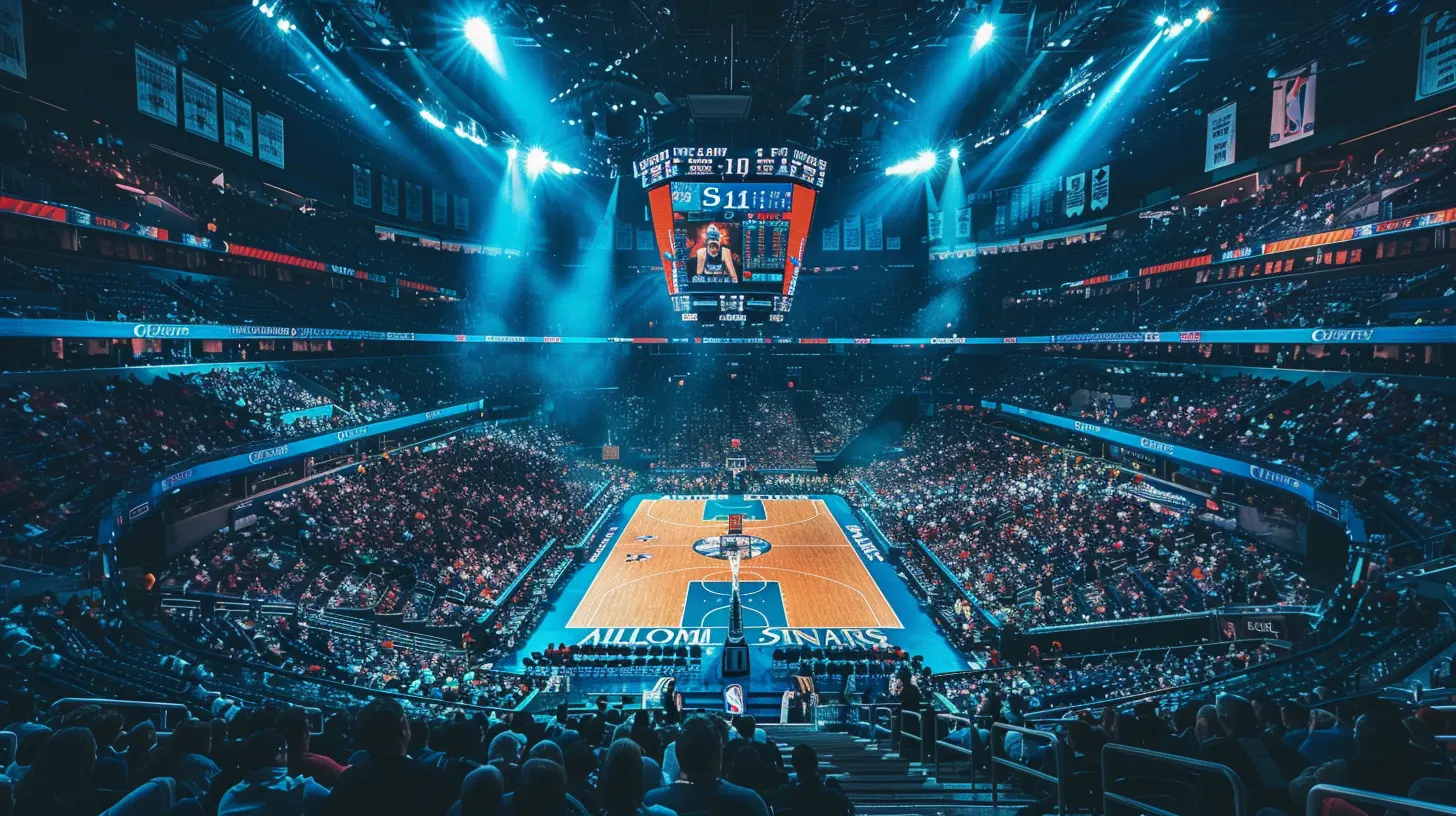The Role of Coaches in All-Star Games: More Than Just Strategy
15 November 2025
All-Star games are some of the most exciting events in sports. They bring together the best of the best—the most talented athletes in the league, often creating dream team lineups that fans would never see otherwise. But amid all the hype, high-flying dunks, trick plays, and jaw-dropping performances, one key figure often gets overlooked: the coach.
Sure, fans love to debate which superstar should start or which player got snubbed, but how often do we talk about the coaches? The assumption is often that they're just there to manage minutes, draw up a few fun plays, and make sure nobody gets hurt. But the reality? Their role is much bigger than that.

Coaches Are More Than Just Strategists
It's easy to think that All-Star games don't require much coaching. After all, these aren’t your typical grind-it-out, defensive battles like you'd see in a championship series. These games are about entertainment first. Points pile up fast, defense is often optional (at least until the fourth quarter), and highlight plays take priority over structured game plans.But does that mean coaches just sit back and let the players do their thing? Absolutely not.
Coaching an All-Star team might not be the same as leading a franchise through an 82-game season, but it comes with its own set of challenges. Managing superstar egos, ensuring camaraderie, fostering chemistry in a short time, and even adding a dash of competitiveness are all part of the job.

Balancing Minutes and Egos
One of the trickiest parts of coaching an All-Star game is handling playing time. You've got a bench full of superstars, each used to being "the guy" on their respective teams. Everyone wants to play, but there’s only so much time to go around.A good All-Star coach understands how to distribute minutes fairly. You don’t want one player dominating the floor while another barely sees action. It’s all about keeping things balanced—both for competitive fairness and to avoid any post-game drama.
Coaches also have to manage egos. These are some of the biggest names in the sport, and while most of them are professionals who understand the situation, there's always the challenge of making sure everyone feels valued. A well-handled rotation keeps the peace and ensures that every star gets their moment to shine.
Building Chemistry in a Hurry
Unlike a traditional team, an All-Star squad doesn’t have weeks or months to build chemistry. They get a couple of practices (if that) and then it’s game time. That means coaches have to establish a system quickly—one that allows players to maximize their talents without overcomplicating things.The best All-Star coaches simplify the game. They let players play to their strengths while introducing just enough structure to prevent chaos. Instead of rigid plays, they focus on loose sets that encourage creativity and teamwork.
And let's not forget the personalities involved. Some players have played together before, while others may never have shared the court. A great coach finds ways to foster quick connections, whether it's by pairing players who complement each other or encouraging a free-flowing style that gets everyone engaged.
Keeping the Game Competitive
At the end of the day, an All-Star game isn’t about winning at all costs. But that doesn’t mean it should be a glorified exhibition with zero competitiveness. Many of the best All-Star games in history were exciting because the players actually cared about the outcome.Coaches play a huge role in setting that tone. They can encourage players to step up the intensity, especially in the game’s later stages. Think about the NBA’s recent move to the target score format in the fourth quarter—those final minutes have started to feel more like a playoff game than a casual scrimmage. That shift didn’t just happen on its own; coaches helped make it happen by pushing players to give that extra effort.
Bringing Fun to the Game
Let’s be real: All-Star games should be fun. Fans don’t tune in to watch defensive schemes or perfectly executed pick-and-rolls. They want alley-oops, deep threes, and moments that make them jump out of their seats.Coaches need to embrace that. The best All-Star coaches understand that this game is for the fans. They encourage flashy plays, wild combinations, and moments that will be replayed on highlight reels for years. Whether it's letting a big man take a three-point shot or setting up a play for an unconventional scorer, they lean into the fun.
Recognizing the Honor
For players, being named an All-Star is a huge accomplishment. But it’s also a big deal for coaches. In many leagues, the honor of coaching an All-Star team goes to the coach of the team with the best record at a certain point in the season. That means these coaches have earned their spot just like the players have.It’s an opportunity for them to showcase their ability to manage elite talent, build a team on the fly, and prove why they are among the best in their profession. And while the results won’t go on their career records, being trusted to lead a group of the best athletes in the game is something special.

The Legacy of Great All-Star Coaches
Through the years, we’ve seen some legendary coaches leave their mark on All-Star games.- Phil Jackson kept things simple, letting his stars shine while adding just enough structure to keep the game competitive.
- Gregg Popovich brought his no-nonsense approach but still allowed players to have fun.
- Pat Riley turned All-Star games into legitimate contests during his era.
Each of these coaches understood that while strategy matters, their real job was to balance fun, competition, and respect for the game.

Final Thoughts
While it’s easy to overlook the role of the coach in an All-Star game, their impact is undeniable. They may not be drawing up intricate game-winning plays or making season-defining decisions, but they are still responsible for managing superstars, fostering chemistry, keeping the game competitive, and, most importantly, ensuring that both players and fans have a great time.So, the next time you watch an All-Star game, take a moment to appreciate the coach on the sideline. They may not be the ones hitting buzzer-beaters or throwing down windmill dunks, but they play a crucial role in making the game as memorable as possible.
all images in this post were generated using AI tools
Category:
All Star GamesAuthor:

Uziel Franco

